Consumer Decision Making Process [5 Step Full-Length Guide]
If you were to flip through a business textbook and search for the consumer decision-making process, you would come across something that looks similar and almost identical to the graphics that represent a “sales funnel” or “marketing funnel”.
They all serve the same purpose- to show the steps that a consumer takes on their journey to making a purchase.
What is the consumer decision-making process?
The consumer decision-making process is he fundamental theory of the steps that customers go through when considering a purchase which are need recognition, information search, alternative evaluation, purchase decision, and post-purchase behavior.
It is a process that evaluates consumer behavior preceding a purchase and includes the following 5 steps listed out:
- Need Recognition
- Information Search
- Alternative Evaluation
- Purchase Decision
- Post-Purchase Behavior
This is the most basic framework of how a consumer behaves from the realization of a problem to finally arriving at a solution with a product or service.
Regardless of if you are a business owner, marketing professional, college student, or entrepreneur, this process will allow you to think about each step that a consumer takes before making a purchase and will assist you with coming up with the right strategies to optimize and improve each step along the way.
The business landscape these days can be challenging…
and you cannot succeed with simply having a product or service that “you think is cool”.
At the core of every business model, you need to provide a solution to a problem, and you need to give people a reason to choose your solution over the competition.
Let’s take Bobby Joe as an example (because- why not) and look at one of the many problems that he faces to walk through the consumer decision making process.
Consumer Decision Making Process Example
Bobby cooks most of his food at home and while he tries his best to eat healthily, he realizes that he fries most of his food in a pan with olive oil. He wishes he could easily cook vegetables while cutting back on the oil.
When he tries to use less oil, his food ends up sticking to the pan- making it a difficult task to clean and it burns the vegetables. (Who hasn’t been in this situation?)
Bobby did not even know that he needed a non-stick pan until he saw an online advertisement for the Copper Chef 10-inch Diamond Non-Stick Pan, which boasts an impressive claim of being able to pan fry food without any oil. (Stage 1: Need Recognition).
Before he decides to spend the money on the new pan, he decides to consult Google and see what others have said about the pan.
During this time, he finds out that many people have great things to say about the brand and learns of a 3-year money-back guarantee! (Stage 2: Information Search).
While he is fairly impressed at this point, it is still a lot of money for him to purchase and he decides to seek alternatives.
He goes back to Google with a search, “Copper Non-Stick Pans” and finds an Amazon brand that is $5 cheaper. He checks out the reviews for the Amazon brand copper pan and it only has 4/5 stars, so he decides to cough up the extra $5 since the Copper Chef brand has better reviews and a stronger money-back guarantee. (Stage 3: Alternative Evaluation).
He heads over to the Copper Chef product page and decides to make the purchase.
During the checkout process, the store suggests pairing it up with a pan lid (for an extra $10) and he decides to purchase that as well. (Stage 4: Purchase Decision)
The product arrives with expedited shipping and goes above and beyond with meeting his expectations.
He raves about it to his friends. He also receives coupons for other products since he signed up for the newsletter during checkout. He will continue to purchase from that business when he is ready for a new piece of kitchenware since he is so pleased with his purchase and the brand. (Stage 5: Post-purchase Behavior).
Optimizing Each Step of the Consumer Journey
As you continue to build and grow your business, each step of this consumer journey will need to be reviewed and improved over time.
This could mean implementing new strategies to accommodate the constantly changing competitive and economic environments. Your job as an entrepreneur or marketing professional should be to test new ways to improve each step.
Important questions that may come up during this process could include:
How do I generate more leads for my business? (Need Recognition Stage)
What content should I create to answer the questions people have about my product/service? (Information Search Stage)
What makes my product superior to my competitors when it comes to meeting my customers’ needs? How do I ensure that people are leaving great feedback in the form of reviews and testimonials? (Alternative Evaluation Stage)
How do I decrease my cart abandonment rate for the checkout process? Is there any possible way to make the checkout process easier for consumers? (Purchase Decision Stage)
What marketing strategies do I have in place to keep customers engaged with my brand? What can I do for my customers that will get them RAVING about my brand to their friends and family? (Post-purchase Behavior Stage)
These are just some examples of the many questions you will face as entrepreneurs when it comes to improving the customer journey. It is crucial to continue to push your business to new heights and continue to ask the hard questions for sustainability and long-term growth.
Now that we have gone over an example of an individual moving through the consumer decision making process, let’s explore each step in more detail.
Step 1: Need Recognition Stage
Understanding a need and wanting a solution to a problem can happen daily for a consumer.
It could be as simple as needing a new pair of socks after losing one to the dark depths of the drying machine or as complex as something to help with building trust in a relationship.
Both are examples of an individual internally recognizing a need, but these needs can be stimulated by external influences as well.
Example: Jill likes to occasionally (and responsibly) drink alcoholic beverages on the weekends but has incredibly bad hangovers the next day. She did not think there was any remedy or secret formula for “curing a hangover”.
One day, while scrolling through her Facebook feed, she comes across an advertisement that is offering a free sample of Cheers, a vitamin supplement that claims to relieve the symptoms resulting from a night of drinking. She did not even know there was a solution to this problem until she came across this advertisement. (Need Recognition from External Source)
This external influence is where businesses and marketers can work on brand awareness campaigns to build trust and understanding of their products or services.
Marketing Ideas for Stage 1: Need Recognition
Continuing with the example with Jill and the hangover supplement, let’s explore some examples of what a business can do in the need recognition stage.
* Create a brand awareness campaign on social media to place your product/service in front of as many eyes as possible.
“Have you ever wondered what it would be like to never have a hangover again? Try the Cheers brand for only $1.”
* YouTube Video ad explaining the unique features of a business.
“Tired of those pesky morning headaches after a few drinks?”
* Local radio advertisements informing people about how your product can help listeners.
Remember: This stage is all about offering a solution to their problem. You want to show them exactly why your product/service is the solution and why you are the only business that can solve their problem.
Once a consumer becomes aware of this “solution”, the next natural step is for them to research the product or service and learn more about it.
What product is best suited for my need?
Is it a trustworthy brand?
What sort of features are included?
Is it truly the RIGHT product for what I need?
Step 2: Information Search Stage
In this phase of the consumer decision making process, the consumer is seeking more information on their need.
Finding the information they seek can be done in many ways including:
- browsing goods in a brick-and-mortar store
- reading an online article after a Google search
- asking friends about their input
- checking online reviews
This stage is essential to allowing a customer to build trust and an understanding of your brand. As a business, you should create the right content to help the consumer further down the sales funnel.
If we are to compare this to the marketing and sales funnel, this would be the stage in which you would create TOFU (top of funnel) content.
TOFU content is used to introduce prospects to your brand and to educate them about your solution to their problem.
This content should be informational and educational versus being solely focused on making money and landing a sale.
This is because the consumer is at the top of the sales funnel, meaning they are not fully committed to your brand and they are simply seeking information at this point.
Marketing Ideas for Stage 2: Information Search
Now that Jill has become aware of the Cheers brand for feeling good after a night of drinking, she wants to know more information to see if it is the right product for her. Here are some potential situations and what the business might do to accommodate her.
* Jill wants to know what sort of ingredients are in one of these pills. She is curious if there are any weird chemicals and if it could potentially be harmful to her. She searches Google with, “What are the ingredients in Cheers hangover pill?”
The business crafts a blog article titled, “List of Ingredients in the Cheers Restore Supplement” which includes every ingredient and how each item is natural and healthy for the body.
* Jill still can’t believe a vitamin supplement can help alleviate the symptoms of a hangover. She wants to know what others have said about the Cheer Restore supplement. She consults Google again with, “Cheers Restore reviews”.
The business has set up an email sequence to request reviews from each customer who has purchased from them. They have one email asking for a review 1-day after purchase and another sent out 7 days after purchase. This allows them the chance to collect as many reviews as they can. For any poor review they receive, they make sure to respond properly and get them the refund or remedy they deserve (often resulting in a positive review).
At this point, she is impressed with the sheer amount of great reviews and detailed information they provide. BUT– the price tag is a bit pricey and she wants to explore other options to see if she can find a trustworthy brand that is a bit more friendly on the price tag.
Step 3: Alternative Evaluation
In this stage, a business needs to really focus on what makes their product or service the best solution for a problem and why it is unique from the competition.
When a consumer makes it to the alternative evaluation phase of the consumer decision making process, they are considering multiple details between different brands including:
- Most Competitive Price
- Best Customer Reviews
- Product Benefits
- Favorable Materials
- Favorable Colors and Styles
- Product Availability
- Shipping Times
These are just a handful of examples of certain details that could win over a potential consumer to your brand during the alternative evaluation phase.
This phase is all about what makes your brand better than your competitors.
It is with the smaller unique details that a consumer will choose your business first.
It is also important that during this stage, you really understand your target audience and what they are looking for with your solution. Marketing research and development will really help you know the people that you are talking to and what they want out of a product or service.
Does your target audience favor quicker shipping over a small price difference?
Is there a specific additional feature that will win them over?
Marketing Ideas for Stage 3: Alternative Evaluation
* Jill is more likely to choose a brand that has better customer reviews- even if it means paying a higher price.
The business decides to contact any individual that writes a 1 or 2-star review and offer them a free product and a refund as well as asking a polite favor to remove the review- or if they could possibly change it after mending the situation. This results in much higher overall reviews for the company.
* Jill also finds value in a quick shipping time. She has a bachelorette party this weekend and she wants to have the Cheers Restore supplements in time for the event.
The business offers free expedited shipping (for orders over $50).
Take the time to consider all of the small details that you can use to sway a consumer’s decision towards your brand as opposed to the competition. Improving upon this stage of the purchase journey will lead the individual to the final sale.
Step 4: Purchase Decision
Finally, the moment we have all been waiting for- landing the sale!
At this point, the consumer should have all of the information they need as well as looked at other possibilities to come to a final conclusion as to which product or service they desire.
If you have provided them with all the right information up to this point, then they have decided to choose your brand over the competition.
This does not mean that you are finished with your marketing strategies right then and there.
In fact, when it comes to eCommerce stores, the checkout process is one of the most overlooked stages when it comes to building out additional strategies.
On average, 72% of online shoppers leave a website with items in their cart. This is known as the abandonment rate. It is your job as a business owner or marketer, to continuously improve this abandonment rate and figure out how you can make the checkout process as easy as possible for consumers.
Note: Google Analytics (as seen in the screenshot above) is a powerful tool that you can use to check website traffic statistics and keep track of important metrics such as cart abandonment and check-out abandonment rates for your eCommerce store.
You can also take advantage of complimenting products at this stage to boost the order value- resulting in higher sales by simply offering additional suggestions.
Marketing Ideas for Stage 4: Purchase Decision
* Jill decides to purchase the Cheers Restore supplement online through their website. She gets frustrated and leaves the online store when she realizes she must create a whole user account with username and password in order to complete the checkout process.
The business realizes this mistake and creates a “guest checkout” option for future orders to try and improve the customer checkout experience.
* Jill arrives back to the online store and is about to make the final purchase.
Under the product she is purchasing is another complimenting product that she could take as a daily supplement for a healthy liver. Better yet, there is a 20% discount when both items are paired together! How could she possibly say no?
There is one final step of the journey that is ready to be optimized so we can turn Jill into an advocate for the brand and get her more involved in the future.
Step 5: Post-purchase Behavior
Having returning customers and a high customer lifetime value is essential to the success of your brand. They are the backbone of your operation and will continue to bring consistent revenue each month that will be needed for growth and cash flow to obtain new customers.
Think about it…
how many products or services in your life have gone above and beyond your expectations?
Have you come across a business that make you feel like part of the family?
Do they have customer support that is ready to help at a moment’s notice?
Do you get discounts for being a loyal customer?
These are some of the many questions that you should be playing around within your brain when it comes to optimizing the post-purchase behavior stage.
The businesses that decide to spend that extra $1 to make a customer ecstatic about their purchase will be the ones that succeed in the long-term.
This stage is all about the consumer and how to make them SO incredibly happy about their purchase, they are willing to rave about it to their friends and family.
So, what is it going to take?
Marketing Ideas for Stage 5: Post-purchase Behavior
Using Jill and the hangover supplement, let’s look over some examples of how a business owner can create more valuable customers after a purchase.
* When Jill received her package in the mail (with expedited shipping as promised) a free sample of another vitamin was included as well as a koozie with their logo. How cool!
The business knew that the simple task of including a koozie would make a customer pumped on the brand. (who doesn’t love free swag- am I right?) Not only will they have that brand awareness spread using free koozies, but they now have a customer that is already going to talk about the brand to their friends or family.
* When Jill purchased the product, she signed up for the email newsletter.
She can now be included in the weekly email sequence that gives her special “insider deals” that are not available to the general public for future purchases. She is also now invited to an “online rewards program” which allows her to rack up discounts on future products whenever she makes a purchase.
* Jill notices a strange odor coming from her pills, so she decides to give the business a call to see if that is normal and OK.
The business responds the phone with a knowledgeable and friendly staff member that is more than happy to chat and answer any questions. They do not keep her waiting on the line and do not make her search around the internet for contact information to provide her with the best customer service.
Yet again, these are just some examples of how a marketer or business owner can take advantage of increasing the value of their customers after a purchase.
Always remember- making the customer feel special and part of the brand increases their engagement and will keep them coming back for more. This is what makes lifelong customers and will continue to bring long-term value to your brand.
Consumer Decision Making Process Infographic
Now that we have covered each step of the consumer decision making process and gone over some in-depth examples, it is time for you to work out some ideas on your own.
Take each step of the process and brainstorm questions that consumers may ask when considering your brand. Try to improve different paths that people take in the sales funnel and see what works and what does not.
There is never going to be that perfect formula that will be 100% right for your business. It takes time and patience to continuously optimize and improve upon each step- especially with changing economic and competitive environments.
For an easy reference, we have created the below infographic that you can use to help you brainstorm ideas.
Are you ready?
Then, go out there and let your target audience know why your product or service is the best solution to their problem.
Read more articles about marketing.
How Lawyers Can Employ Marketers to Get More Clients
Newly, the world has become highly sensitive with the legal profession across the globe having many lawyers demanding similar clients. Essential in today’s market should, therefore, be marketing and establishing a unique image for the lawyer so that whenever a...
Why Top Platforms Are Crucial for Business Email Marketing
Marketing via email continues to dominate the world of marketing online and provides businesses with an unbeatable return on investment and access to their customers. However, the secret to unlocking its full potential is in the software that you choose. A good...
How Digital Marketing Services Improve Lead Generation for B2B Companies
With growing interconnectivity, digital marketing services have emerged as a key influence to growth particularly in B2B markets. Outbound lead generation has evolved significantly from cold calling and direct mail campaigns and has embraced more contemporary and...
How to Leverage Digital Marketing to Attract B2B Clients in the Modern Sanitary Industry
The sanitary industry has seen rapid advancements, with businesses like Alsanit NL leading the charge in innovation. However, even the most cutting-edge products require effective digital strategies to connect with the right B2B clients. To thrive in this modern...
How Do Digital Marketing Agencies Help SAAS Companies Attract Customers?
Intro In the evolving realm of Software as a Service (SaaS), attracting and retaining customers is crucial, given the competition in the market that necessitates unique approaches for differentiation and visibility. Digital marketing agencies for SaaS play a...
The Key to Accurate Campaign Tracking: Mastering UTM Naming Conventions
Introduction No one wants to waste time or budget on a strategy that doesn’t deliver. That is why, in digital marketing, data drives everything. However, without accurate tracking, you’re essentially flying blind, and here’s precisely where UTM parameters come...

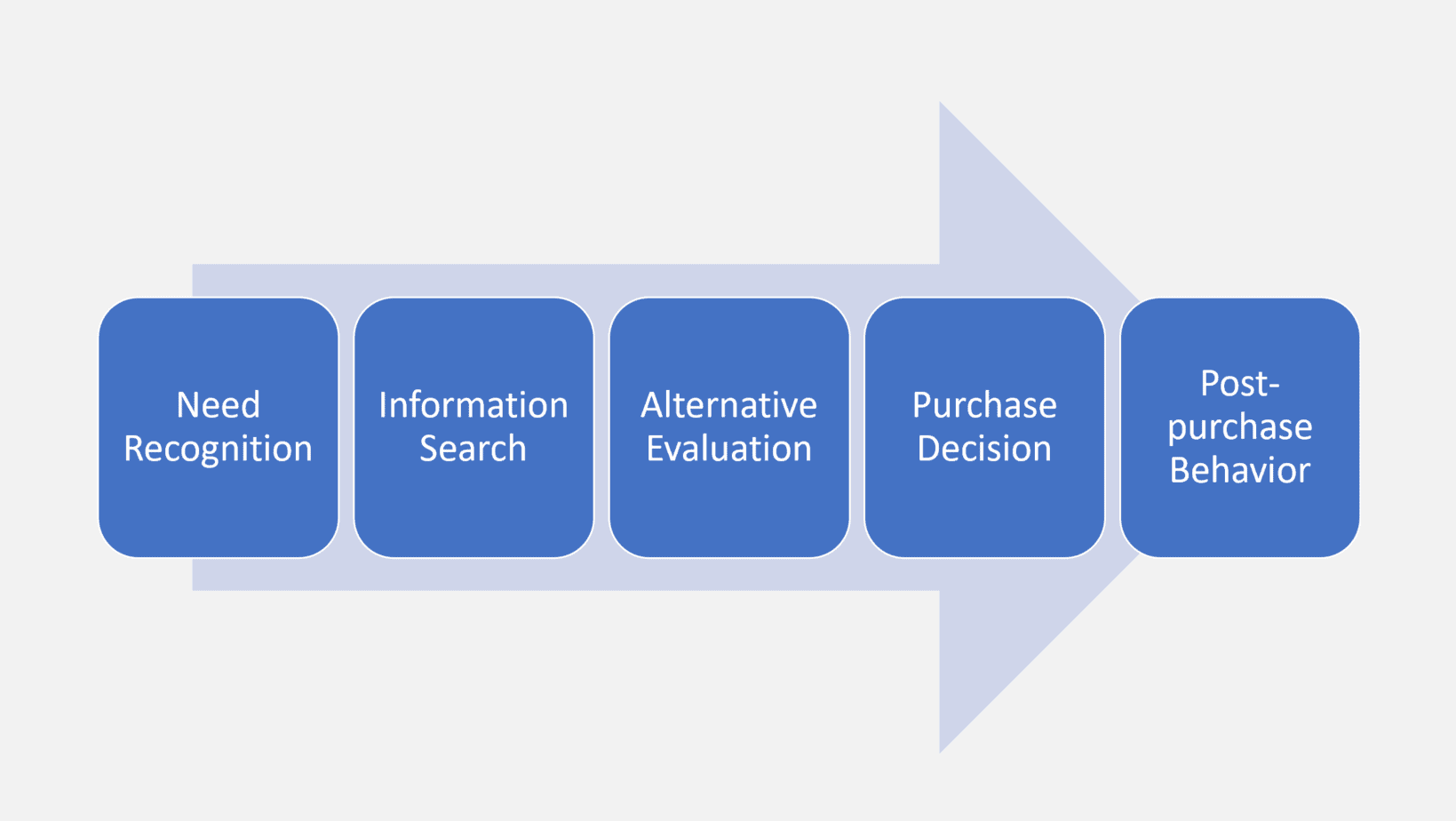
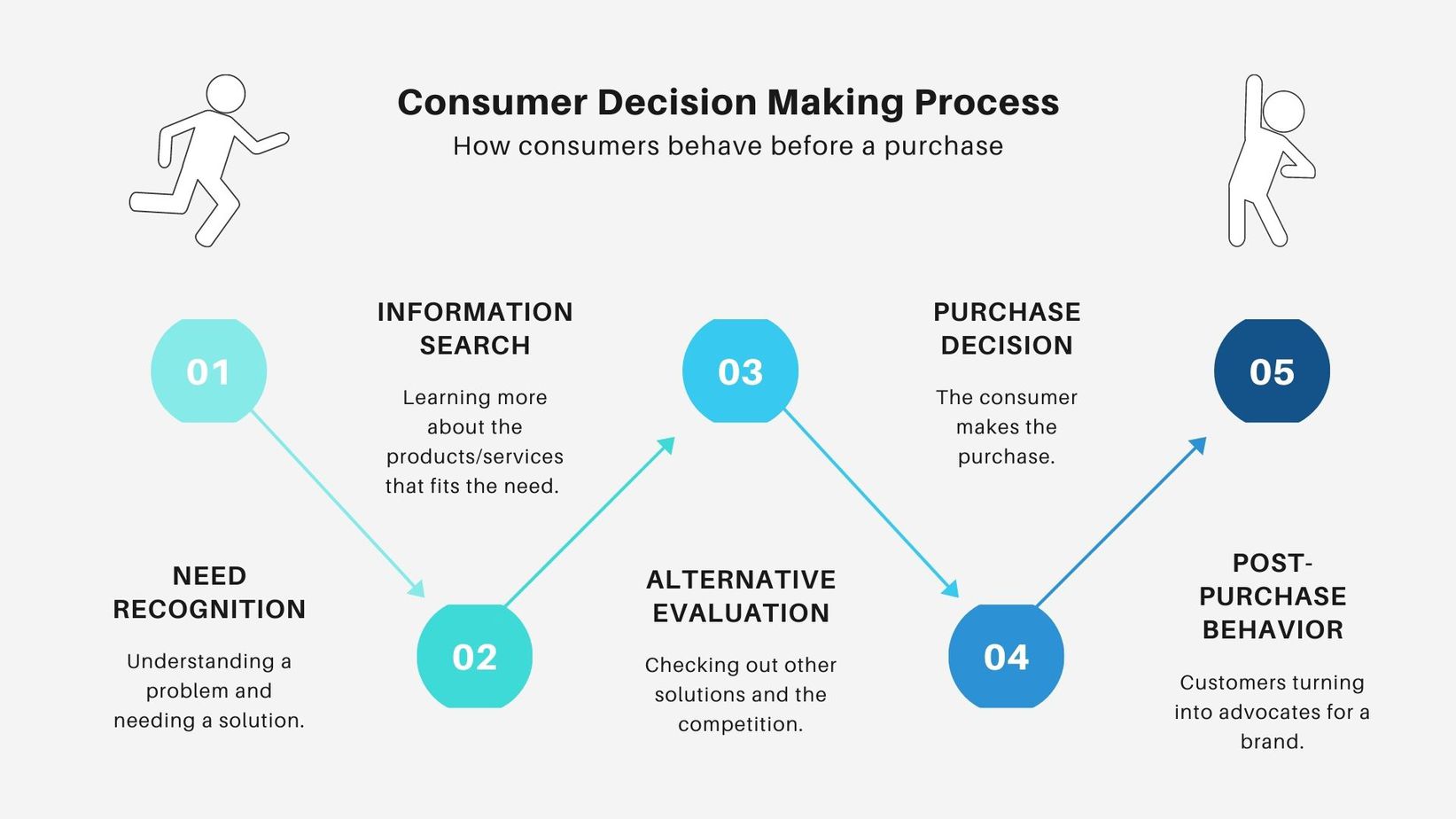

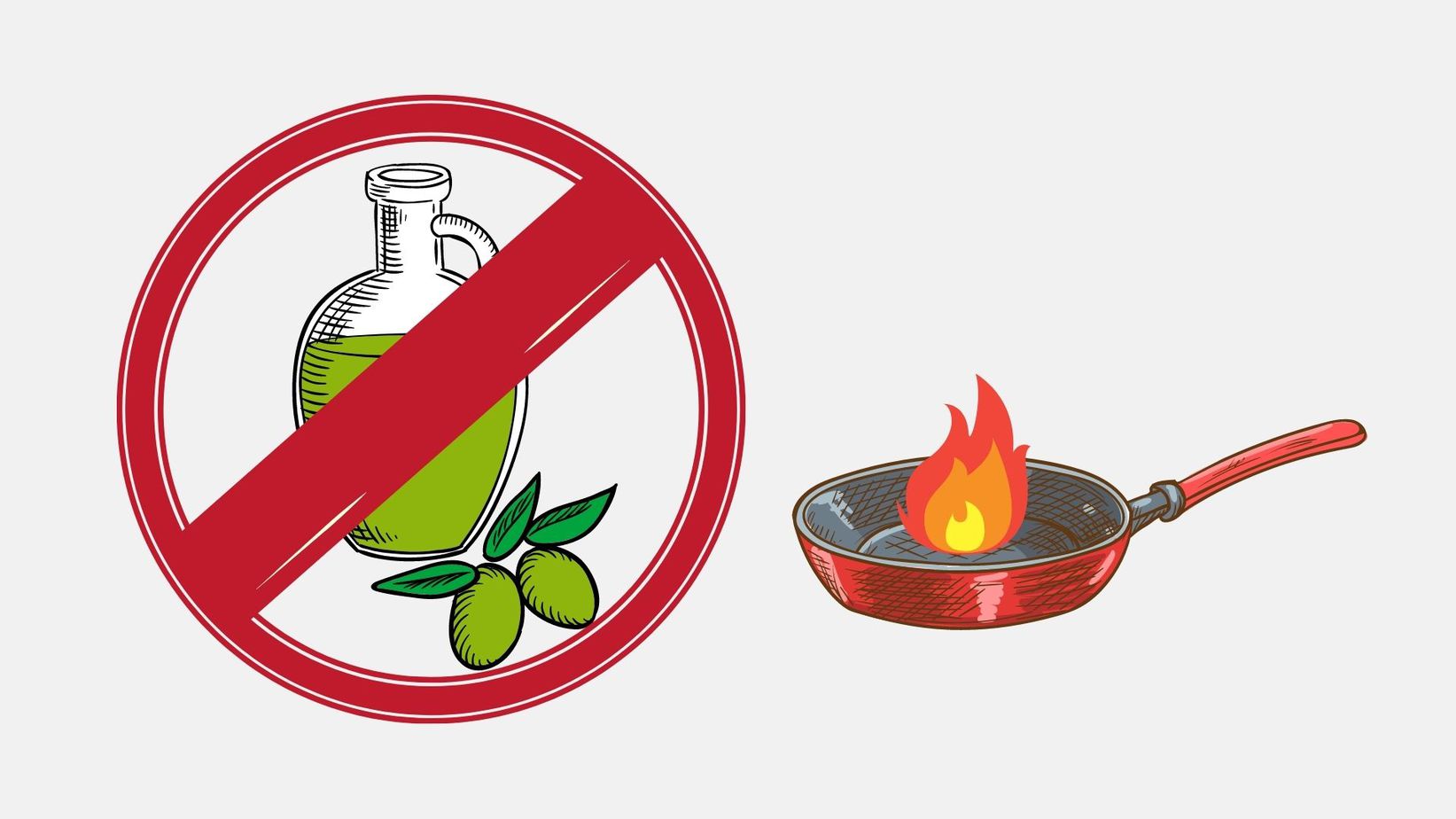

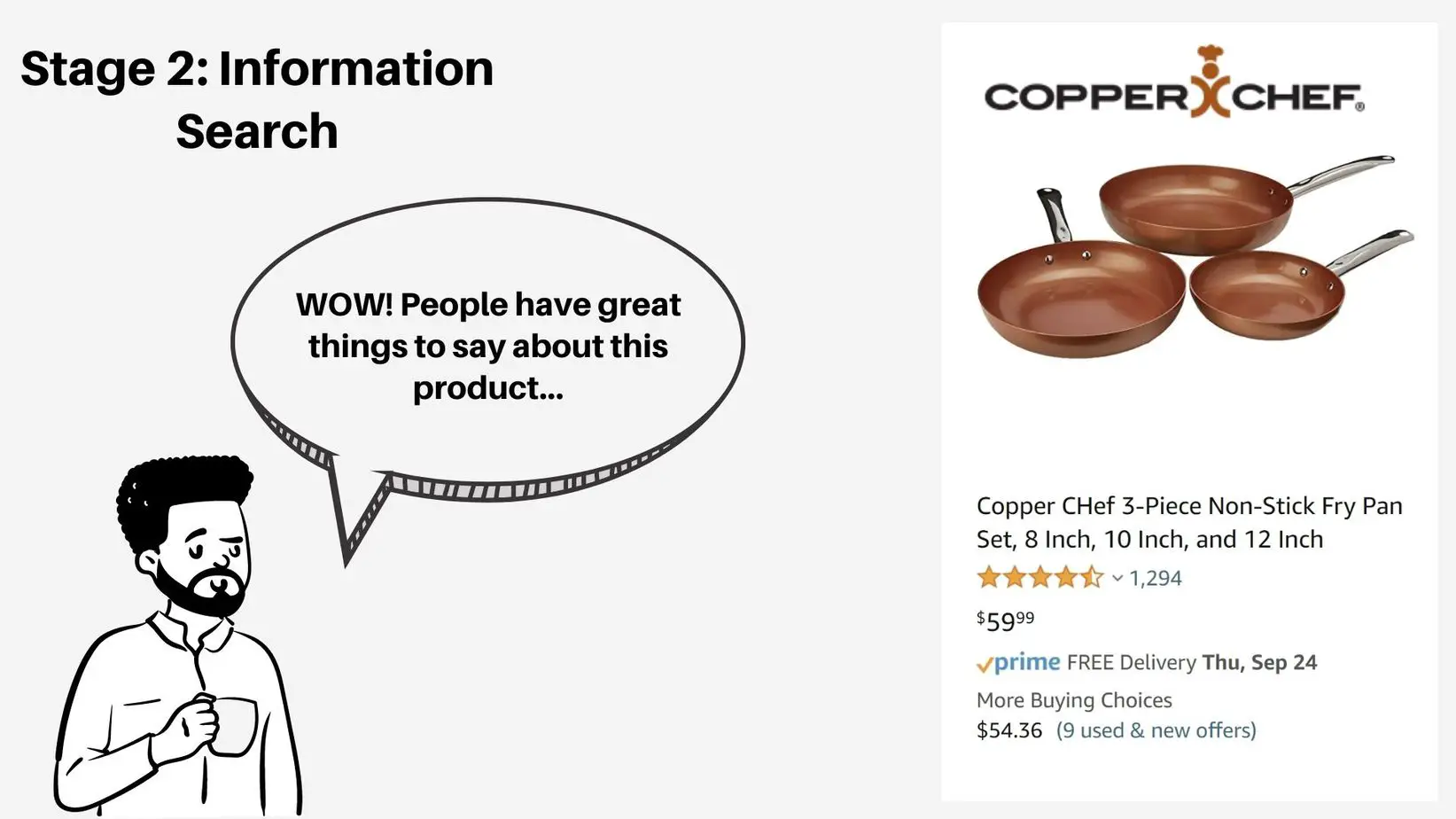
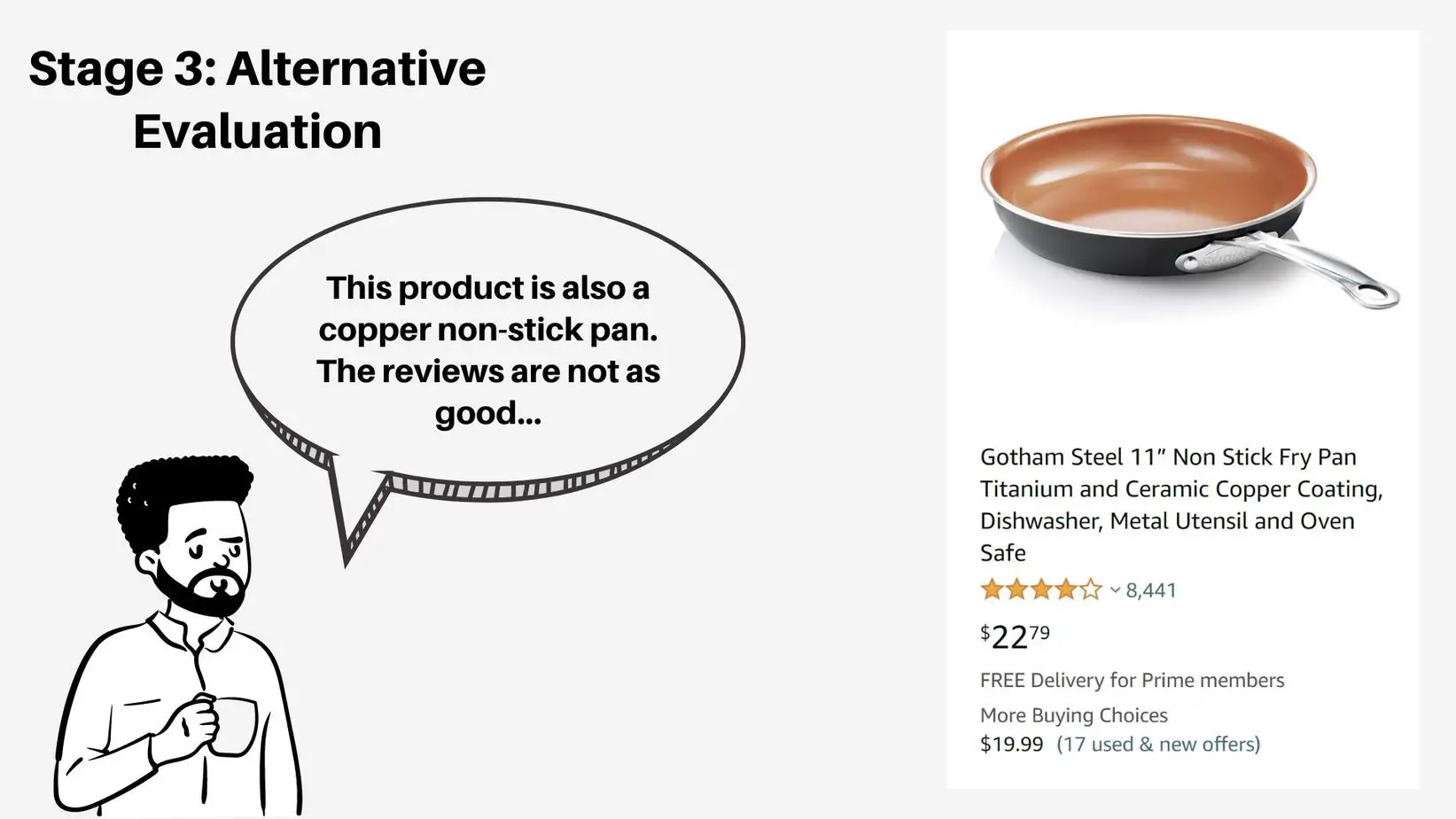









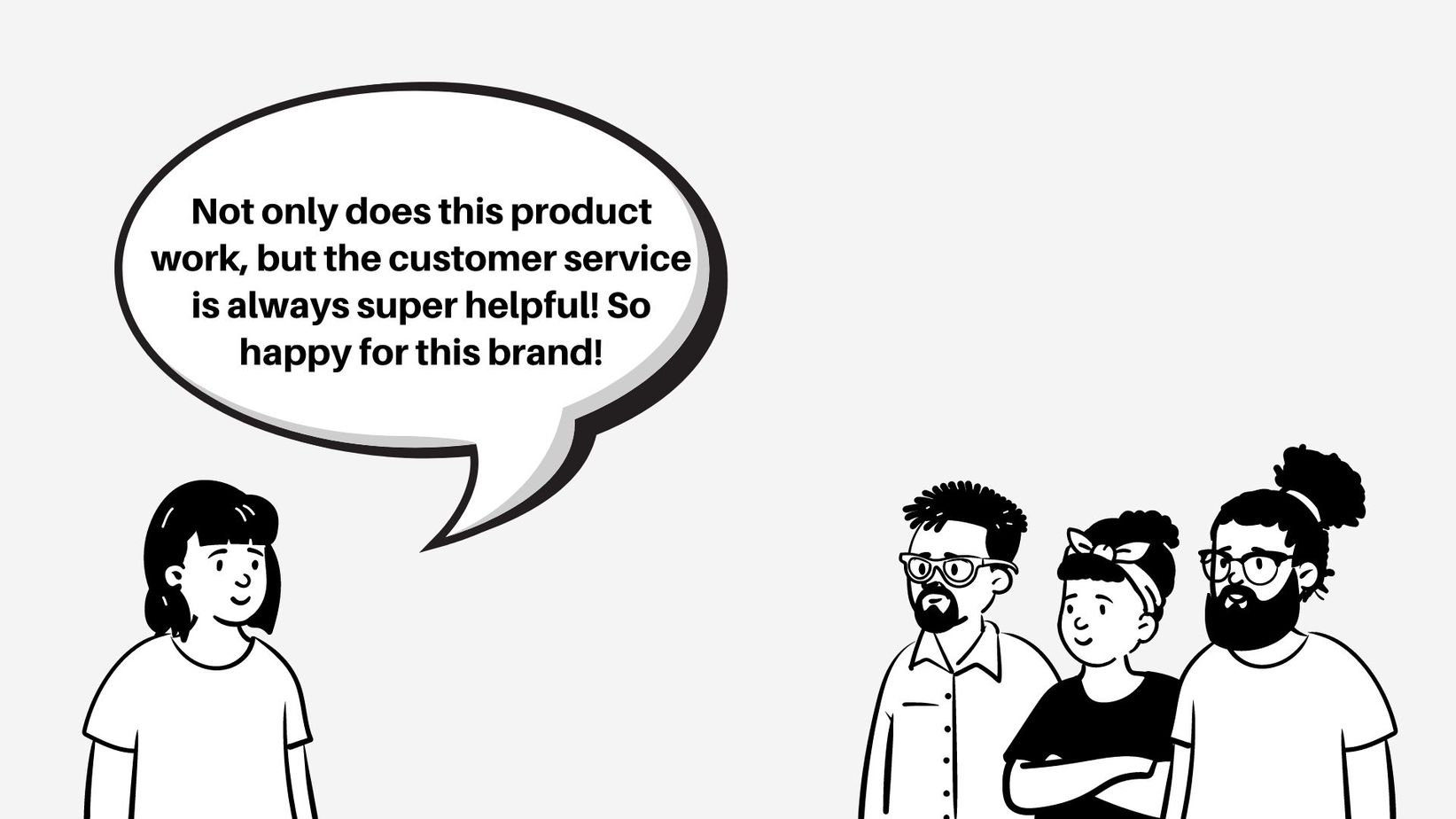
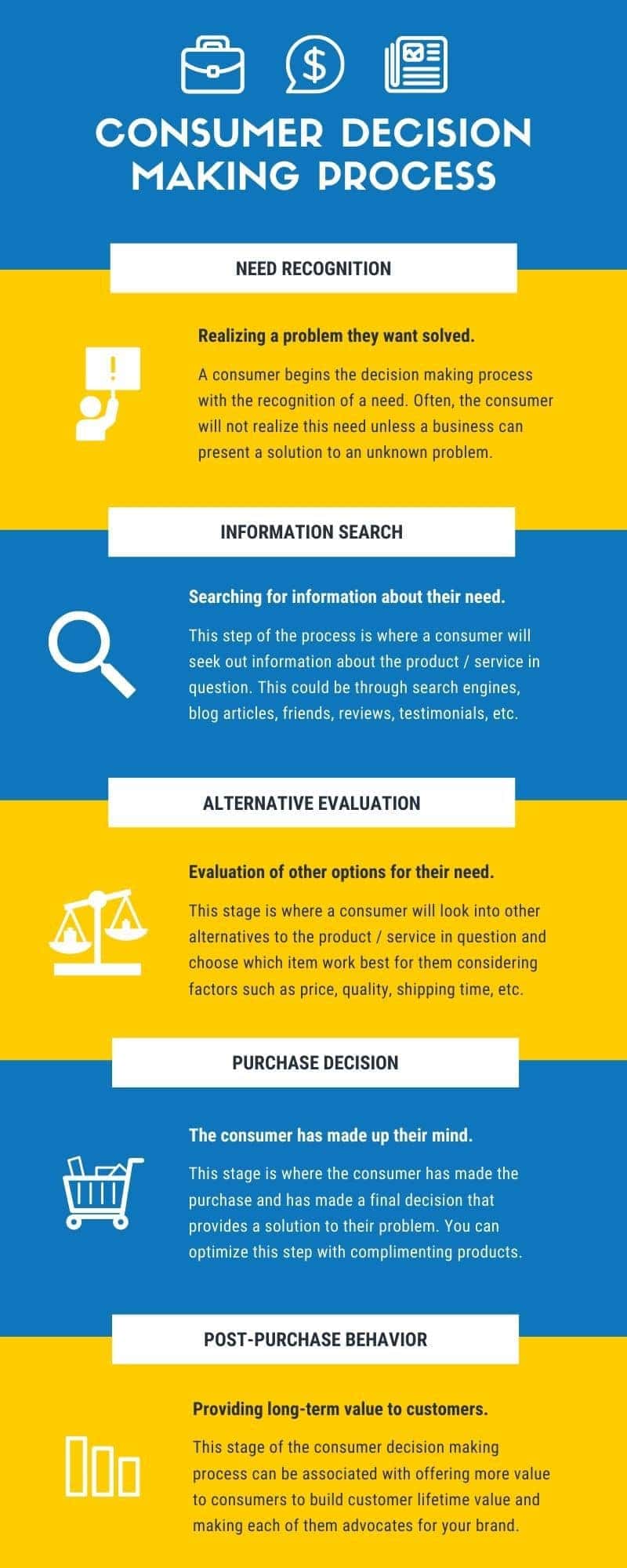




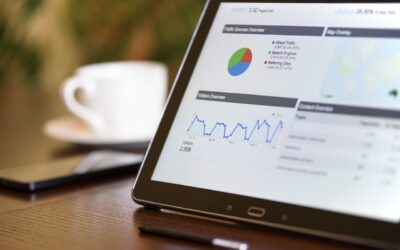
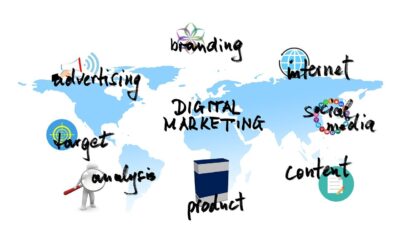
0 Comments